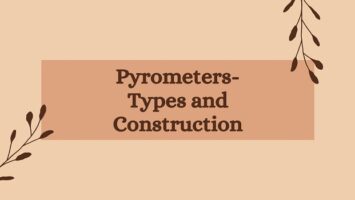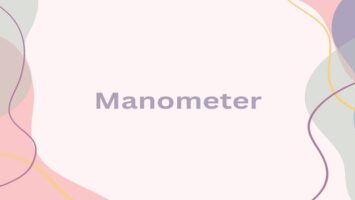Possible Errors of Observations:
When a physical quantity is measured by an instrument then the result contains some uncertainty. This uncertainty is called error. Every calculated quantity which is based on the measured values, also has an error. The discrepancy between the true value and the measured value (observed) of a physical quantity can be termed as error. The error in measurement can be classified as:
(1) Systematic Error- A systematic error is one that always produces the same sign (either positive or negative). This error arises due to known factors. Systematic error can be subdivided as:
- Instrumental Error- These errors arise due to imperfection design or calibration of the measuring instrument e.g., zero error is the instrumental error. It has a constant magnitude which can be found by measuring a known quantity from it. Suitable corrections are applied to experimental values to eliminate this error.
- Personal Error- They arise due to an individual’s bias, lack of proper knowledge about the setting of apparatus, precautions, or individual carelessness e.g., parallax error. Different experimentalists using the same apparatus, do not obtain exactly the same result. This error is a personal error. It is because they may not be equally serious and attentive in their performances. One has to be alert to avoid it.
- External Cause Error- This error is caused when external factors such as temperature and pressure change during the experiment. The changes are to be noted and corrections in the formula should be applied.
- Imperfection Error- Sometimes errors arise due to imperfections in experimental techniques or procedures e.g., the temperature measured by a thermometer of a human body will be more accurate when the thermometer is placed inside the mouth rather than inside the armpit.
(2) Random Error- These errors occur irregularly without knowing the cause and hence are random with respect to sign and size. It can be called a chance error. e.g., to determine the diameter of the wire, a screw gauge is used. Due to the non-uniform area of the cross-section of the wire at different places, the screw might have been tightened unevenly in the different observations. In such a case, it may not be possible to indicate which observation is most accurate. Then, an experimentalist performing an experiment by taking many observations may not get identical observations. It is a chance error. It is reduced by taking a large number of observations and then taking their mean.









Comments (No)